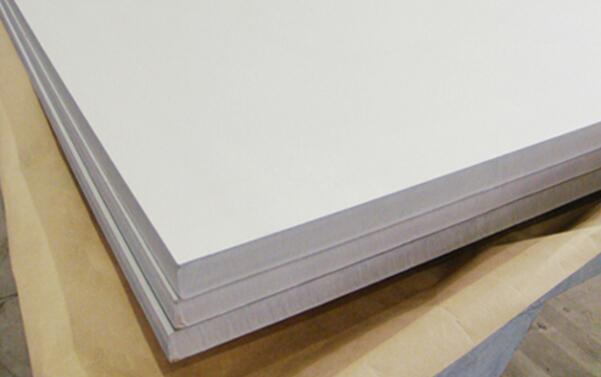We know that nickel-based alloy is the most commonly used high-temperature alloy in aerospace and other fields around or above 1000°C. Because it contains Fe, Ti, Cr, Ni, V, W, Mo and many other high melting point alloying elements, the formation of high purity, dense organization of austenitic alloys, some elements from metal and non-metal and C, B, N and other non-metallic elements of high hardness, low specific gravity, high melting point of the compound, poor machinability. Its relative machinability is only 5 to 20% of ordinary carbon steel. High temperature alloys are characterized as difficult to cut. Do you know why they are difficult to cut? Before answering the question, you should know some features.

High content of strengthening elements
During the cutting process, a large number of abrasive metal carbides, intermetallic compounds and other hard spots are formed, which have strong scratches on the knife and easily produce deposits and pinched chips, affecting the quality of the machined surface.
High temperature strength and work-hardening tendency
The cutting process produces great resistance to plastic deformation and cutting load, and high cutting temperature. The unit cutting force of nickel-based high temperature alloy is 50% higher than that of medium carbon steel. The machining hardening and residual stresses in the surface layer after machining are large, and the degree of hardening can be 200% to 500%, resulting in severe edge wear and also susceptible to groove wear.
Since we know that nickel-based high-temperature alloys are difficult to cut, here we will discuss 3 tips that should be noted when cutting.
1. Metal cutting tools
High temperature alloys must have special cutting tool materials. The most commonly used are carbide tools or HSS for machining complex surfaces at very low cutting speeds. Hot work grades with better performance are most often used in practice. In addition, Si3N4 ceramic tools are the best choice for high temperature alloys because they have higher resistance to adhesion, heat resistance and hardness than carbide and are also suitable for semi-finishing and finishing of high temperature alloys.
2.Tool feed and speed
Cutting of high-temperature alloy materials also requires geometric parameters for forging, hot rolling and cold drawing of tools. The tool front angle (γ0) is about 10 degrees, while the casting high temperature alloy is about 0 degrees. Tool back angle (a) = 10 ~ 15. tool inclination (λs) is - 5 10 for roughing and lambda s = O 3 for finishing. main deflection angle (κr) is 45 ~ 75. tool tip radius (r) is 0.5-2mm, larger for roughing.
3. Cutting parameters and conditions
The selection of cutting volume is basically the same as that of stainless steel, and the most important is the cutting speed. For carbide tools, the cutting speed (Vc) = 20-50m/min; feed (f) should be small, generally f = 0.1-0.5mm/r, rough turning to take a large value, fine turning to take a small value. The return stroke (ap) should not be too small. Rough turning, ap=2~4mm, fine turning, ap=0.2~0.5mm. Vc=5~10m/min, machining high temperature alloy with HSS end mill; Fn=0.05~0.12mm/r, ap+1~3mm. carbide face mill Vc=20~45m/min. Fn=0.05~0.1mm/r, ap=1~4mm.